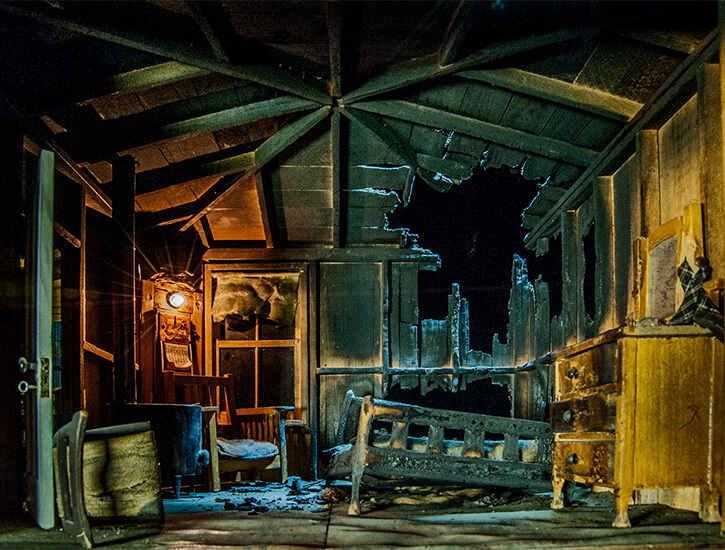【xxx sex video indian】HJCI: A New Type of Hollywood Story

Tucked away on a side street near the 101 Freeway, the Hollywood Japanese Cultural Institute (HJCI) serves as a window into the Nikkei community’s past and its future.
Considered one of the oldest Japanese American community centers in the U.S., the Hollywood JCI (formerly Hollywood Japanese Community Center) is celebrating its 75thanniversary this year, but its roots go back even further to 1915 when the Hollywood Japanese School was established near the southwest corner of Hollywood and Vine.

Then, in 1919, a group of parents decided to establish their own school. Led by Yoshitaro Hirai, the Issei parents raised funds and constructed a three-room school building at 1423 Cahuenga Blvd. near Sunset Boulevard.
In 1935, due to the traffic situation on Cahuenga Boulevard and the changing environment, the board of directors decided to move the school to the Virgil area, where there was a larger population of Japanese.
Envisioning a central gathering place, the Hollywood Buddhist Church and Hollywood Judo Dojo purchased the lots adjacent to the school. However, before any further plans could develop, World War II erupted. President Franklin D. Roosevelt issued Executive Order 9066, which resulted in the removal of over 120,000 persons of Japanese ancestry from the West Coast.
During the war years, the vacant HJCI was taken over by the Los Angeles Board of Education, who used the facility for kindergarten classes. When the school board refused to vacate the premises in March 1952 even though the war had ended seven years earlier, a young attorney named John F. Aiso filed legal proceedings. By September, ownership was established, and the Hollywood Gakuen was able to reopen.
Aiso, in addition to being a Harvard Law School graduate, had a distinguished career in the Military Intelligence Service, rising to the rank of lieutenant. In 1968, Gov. Ronald Reagan appointed Aiso to the State Court of Appeal, making him the first Japanese American to enter the California state judiciary.
“We still operate in the original social hall built in 1936,” points out Asao Masumiya, HJCI president, who announced the launch of a fundraising campaign to make repairs and refurbish the buildings. A goal of $75,000 has been set, according to treasurer Linda Ikegami.

Throughout its history, the institute, which is operated largely by volunteers, has housed language classes, ondo dancing, flower arrangement, martial arts, Boy Scouts, baseball, basketball, a choral group, Buddhist and Christian organizations, and at one time even was home to East West Players.
Today, the number of Nikkei who reside in the East Hollywood area is dwindling. Despite this, the institute continues to move forward, anticipating the needs of future generations. In addition to the Japanese language school, HJCI offers classes and meeting space for Hollywood Judo Dojo, Hollywood Karate Dojo, Hollywood Karaoke Dokokai, Warabi Kai yoga classes, Hollywood Shorinji Kempo, and Hollywood Dodgers basketball.
Under president Masumiya and his leadership team, HJCI remains a living testament to its mission: “Preserve, share, and promote the Japanese and Japanese American culture and heritage…”
Info: https://www.hollywoodjci.com/




